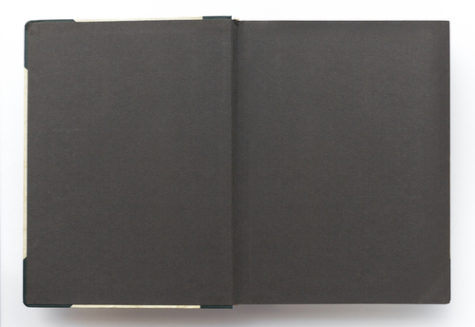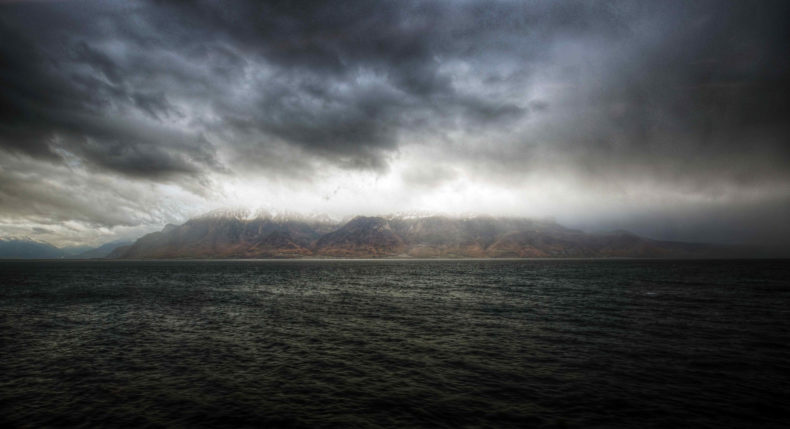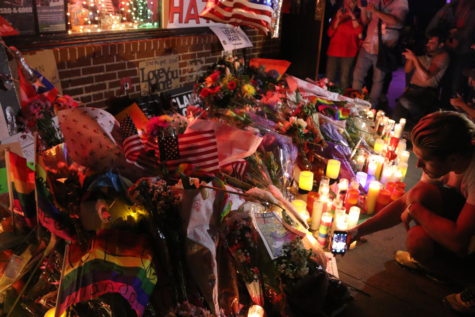
Let me tell you a story.
In the summer of 1991, when I was 21 years old, I worked in a genetics lab at Baylor College of Medicine in Houston. I wasn’t yet out, but had heard about a popular gay bar called Heaven in the city’s Montrose neighborhood. When a new friend asked me to go to Heaven with her for a night of dancing over the July 4th weekend, I felt a shiver of excitement and fear. My fear won out, and I declined.
On July 5th, at two o’clock in the morning, a 26-year-old gay man named Paul Broussard was walking home from Heaven with two friends when they were confronted by a group of 10 intoxicated young men, some of whom had also taken marijuana and LSD. As several members of the group later admitted, they were specifically targeting gay men that night. Broussard’s friends escaped by running down a busy street. Broussard wasn’t as lucky, and ran into a dead end. Outnumbered and surrounded, he was stabbed and pummeled to death with steel-toed boots, a Buck knife and a 2-by-4 spiked with nails at one end.
I remember gasping in horror at the story in the Houston Chronicle. I couldn’t tell anyone else about my terror, but I avoided the entire Montrose neighborhood for the rest of the summer. Four months later, I was back in Moorhead, Minn., for my senior year in college when a 24-year-old gay man named Phillip Smith was gunned down after leaving the same Houston gay bar. He reportedly enraged his attacker, who had planned to rob him, by smiling at him. During an ensuing protest by the group Queer Nation, one man held a placard that read: “Hate Kills.”
Facts matter. Words matter. History matters. As a science writer, I deal in facts all the time, and live in fear of making a big mistake. In the aftermath of the horrific attack on Orlando’s Pulse bar, I’ve been dealing with intense emotions and have seen many of my friends living in fear. I’ve seen easily debunked statements about the gunman and guns and gay bars and the history of violence aimed at LGBT establishments go uncorrected, and it makes my heart hurt.
Continue reading →

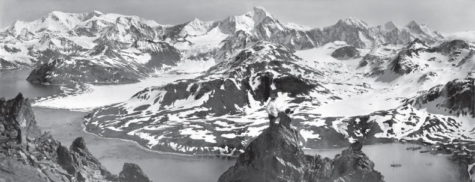 I love that graduation speeches are now posted on the internet. Listening to them, the good ones, I can’t help but feel a little bit of that helium of opportunity and promise that I once had, in early summer, when I was the one who got to walk across the stage.
I love that graduation speeches are now posted on the internet. Listening to them, the good ones, I can’t help but feel a little bit of that helium of opportunity and promise that I once had, in early summer, when I was the one who got to walk across the stage.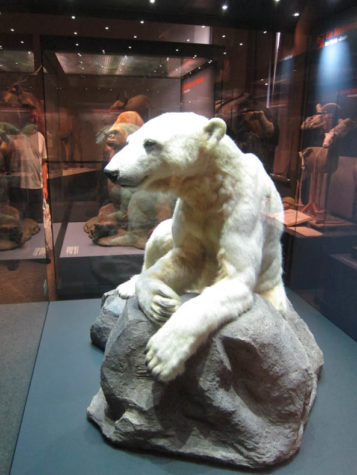
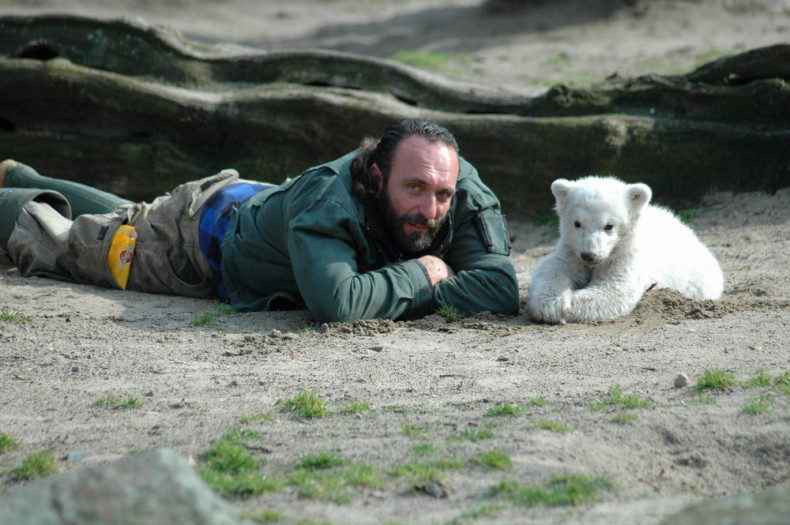

 June 13-17, 2016
June 13-17, 2016